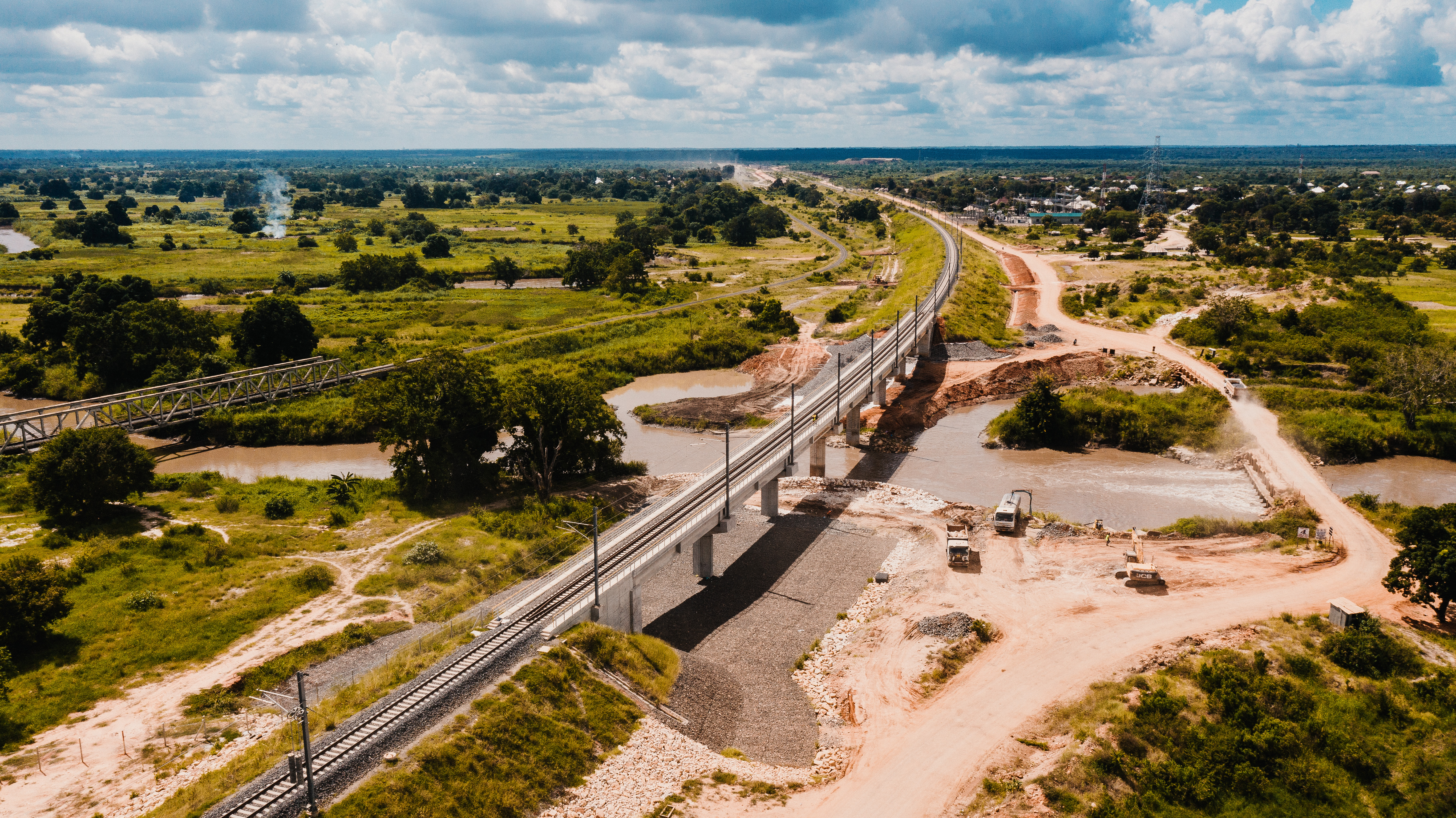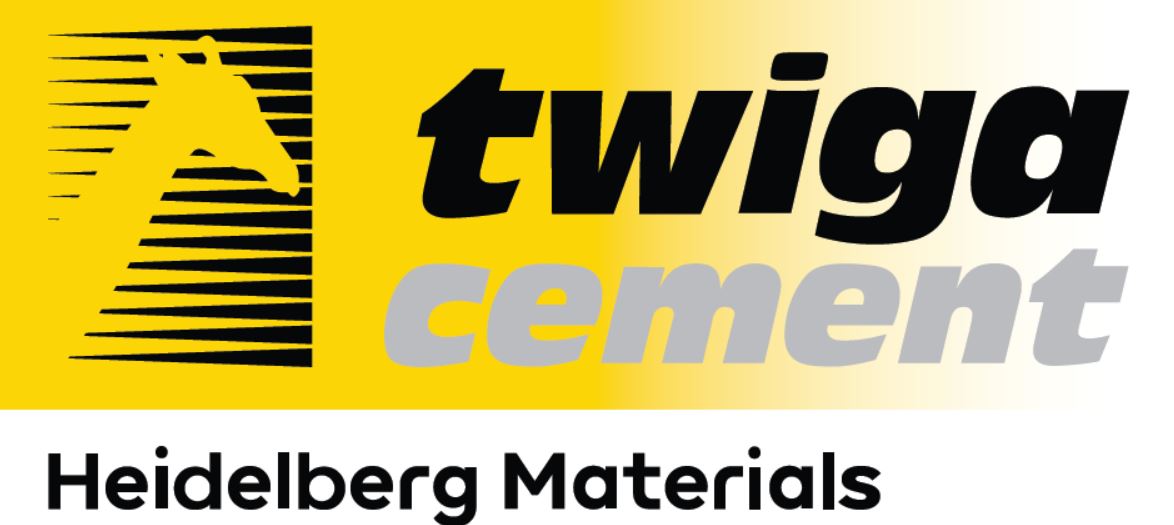
Environment Management Strategy
Environment Management Strategy
TPCPLC is a cement manufacturing concern situated at Wazo Hill, some two kilometres off Bagamoyo Road. The plant is an integrated one and it consumes a sizeable amount of limestone, water and energy. The cement industry generates emissions of dust, combustion gases, noise and particulate from the kiln stacks. The operation also generates wastewater, waste from plant maintenance and laboratory waste.
TPCPLC’s Waste Management
Management is aware of the wastes generated and problems of managing the wastes and has therefore put in place a waste management programme that addresses them.
For Solid Wastes:
-
Office stationery wastes, these are disposed off into dust bins conveniently placed in various places in the works. These are daily emptied by a waste collector who is on contract.
-
Canteen food wastes, including food packaging materials; these are collected by individuals keeping domestic animals, including pigs, dogs, who eat left overs.
-
TPCPLC churns out reasonable quantities of metal scraps of various types. These include, worn out shafts, bearings, broken plummer blocks, metal plates, metal filings, etc. These are separated according to metal types and sold to scrap dealers who in turn, sell them to iron licensed steel dealers/manufacturers in town who rework the metals.
-
Solid wastes like old tarpaulins, wooden scraps, waste cotton, etc. are dumped into a hole dug out in the ground at a dump site, and is filled up with soil to burry these.
-
Solid Wastes or spills form process lines at various stages i.e. spilled clinker, raw meals, substandard clinker flush, or under burnt, are reprocessed once again as deemed fit at various stages of the cement manufacture.
-
Waste refractory linings from the kiln; kiln bricks, refractory conduits, etc. are disposed by mixing them with limestone and crushed into aggregate and later into raw meal for cement process.
For Liquid Waste:
- TPCPLC has the cement machinery running and after a given period, oil changes become due. Such significant waste oils from lubrication are collected and dumped into HFO day tank which is used for firing the kiln.
-
In case of oils spills; though rare but all spills must not be allowed to leave the factory, and contaminate Tegeta River. If any spill occurs, raw meal or dust clinker is spread on the oil (to dry out) and the meal is fed into the kiln.
-
Waste Transformer oils; these are safely packed in steel drums and stored, awaiting transfer to dedicated incineration centre in town or abroad. It is never burnt in the kiln for lack of PCB monitoring instrument.
-
Waste Waters - Most water is used in cooling the cement machinery and is re-circulated after being cooled. Other water is used in cement grinding as coolant. Water from toilets, wash bins are collected into underground soakage pits which are emptied by vacuum sewage collecting trucks and later disposed off in the town’s sewerage processing centres.
-
Storm water - Storm water from rainfall is drained through the channels towards the existing municipal storm water channels. The entire TPCPLC production premise is well drained.
Gaseous Wastes:
All cement plants in the world pumps out into the atmosphere combustion gases – i.e. NOx, CO, CO2, SOx, etc.
TPCPLC kiln chimneys used to give dust laden gases which disturbed most of our neighbours.
Of late, through investment on new ESPs, these gases are dust-free. Limestone – cement is now produced so as to reduce the above gases per tonne cement as a strategy to address the Kyoto Protocol. The CO and CO2 emissions have now been reduced by over 10% since 2002 when we started manufacture of our new brand of cement (TWIGA EXTRA). The latter variety entails use of filler and therefore reduced clinker requirements.
